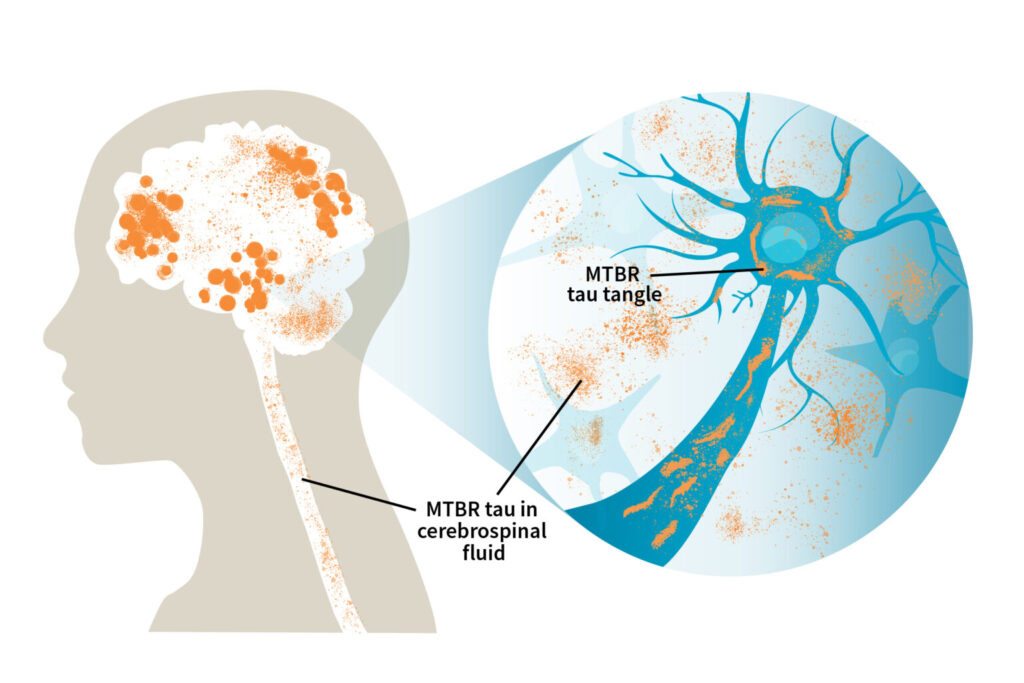

Your doctor will likely start with your medical history and a physical exam, including close evaluation of your nose and ears. This test involves placing a needle in the spinal column to measure the pressure of CSF inside the spinal column, though pressure is normal in more than half of patients with spinal CSF leaks. It provides the most precise location of a CSF leak and helps to determine the most appropriate treatment plan. It uses digital subtraction fluoroscopy, a CT or MRI scan, and a contrast dye to locate CSF leaks. This test is considered the gold standard for diagnosing and locating CSF leaks. These images track the flow of CSF, which will be abnormal if there is an active spinal CSF leak. Then, images of the area are taken several times within a 24-hour period. This test involves measuring the CSF pressure and then injecting a chemical into the space surrounding the spinal cord. This imaging test uses a contrast agent, gadolinium, to better highlight abnormalities in the brain or spine that result from a CSF leak. Tests to diagnose a spinal CSF leak may include: The flexibility of your joints also may be checked. Your doctor will likely start with your medical history and a physical exam. Possible complications of a cranial CSF leak that is left untreated include meningitis and air entering the spaces surrounding the brain (tension pneumocephalus). Abnormalities of the skull base or inner ear.Having a previous surgery on or around the skull.Risk factors for cranial CSF leaks include: Connective tissue disorders such as Marfan syndrome or Ehlers-Danlos syndrome.



#Brain fluid Patch
Many CSF leaks need a blood patch to cover the hole or surgery to repair the leak. Some CSF leaks may heal with conservative treatments such as bed rest. The most common symptom of a spinal CSF leak is a headache, while a cranial CSF leak causes symptoms such as clear fluid leaking from the nose or ear. A spinal CSF leak occurs anywhere in the spinal column. These are spinal CSF leaks and cranial CSF leaks. There are two distinct types of CSF leaks with different symptoms, causes and treatments. A CSF leak occurs when there is a hole or tear in the outermost layer of these membranes (dura mater), which allows some of the fluid to escape. The spinal cord and CSF are surrounded by three layers of membranes. Cerebrospinal fluid (CSF) surrounds your brain and spinal cord and provides a cushion to protect them from injury.


 0 kommentar(er)
0 kommentar(er)
